Efficiency is paramount. The advent of self-priming electric boat pumps has revolutionized irrigation practices, offering farmers exceptional control over water distribution and resource management. This article delves into the evolution of these pumps, their role in agricultural irrigation, and the benefits they bring to farming communities worldwide.
Evolution of Electric Boat Pumps:
The concept of a Self-Priming irrigation pump traces its roots back to the early 20th century, with rudimentary designs aimed at water transport and drainage. Over the decades, advancements in engineering and technology have propelled these pumps into indispensable tools for modern agriculture. From basic manual operation to sophisticated automated systems, the evolution has been marked by increased efficiency, reliability, and versatility.
Key Features and Functionality:
Self-priming electric boat pumps boast a myriad of features tailored to the specific needs of agricultural irrigation. Their ability to prime and evacuate air from the suction line without external assistance simplifies setup and operation, saving time and effort for farmers. Moreover, these pumps are designed to handle varying water conditions, from shallow depths to turbulent flows, ensuring consistent performance across diverse environments.
Efficiency in Water Management:
One of the primary benefits of self-priming electric boat pumps lies in their efficiency in water management. By precisely controlling water intake and distribution, farmers can optimize irrigation schedules, less water waste, and maximize crop yield. This targeted approach not only conserves precious resources but also mitigates the environmental impact of agricultural practices, promoting sustainability for future generations.
Adaptability to Terrain:
In agricultural settings characterized by uneven terrain or remote locations, the adaptability of self-priming electric boat pumps becomes particularly valuable. These pumps can navigate through shallow water bodies, marshlands, and even flooded fields with ease, ensuring uninterrupted water supply to crops irrespective of external factors. Such versatility empowers farmers to overcome geographical challenges and expand cultivation areas with confidence.
Integration with Automation:
As agriculture embraces digitalization and automation, self-priming electric boat pumps are seamlessly integrating into smart irrigation systems. Remote monitoring and control capabilities enable farmers to manage pump operations from anywhere, utilizing real-time data to optimize performance and resource allocation. This level of automation not only enhances efficiency but also reduces labor costs and human error, streamlining agricultural operations for less productivity.
Case Studies and Success Stories:
Across the globe, farmers are reaping the benefits of self-priming electric boat pumps in their irrigation practices. From smallholder farms in developing nations to large-scale agribusinesses in industrialized economies, the impact is evident. Case studies highlight significant improvements in crop yield, water conservation, and economic viability, underscoring the transformative potential of these innovative technologies.
Future Prospects and Challenges:
Looking ahead, the future of self-priming electric boat pumps in agriculture appears promising yet challenging. Advancements in materials, design, and energy efficiency hold the key to further enhancing performance and sustainability. However, widespread adoption may face obstacles such as cost barriers, technical expertise, and regulatory frameworks. Overcoming these challenges will require collaboration between industry stakeholders, policymakers, and farming communities to unlock the full potential of this transformative technology.
In conclusion, self-priming electric boat pumps represent a paradigm shift in agricultural irrigation, offering unparalleled efficiency, adaptability, and sustainability. As the global population continues to grow and environmental pressures mount, the importance of optimizing water management in agriculture cannot be overstated. By harnessing the capabilities of these innovative pumps, farmers can cultivate a greener, more prosperous future for generations to come.

 English
English русский
русский Español
Español
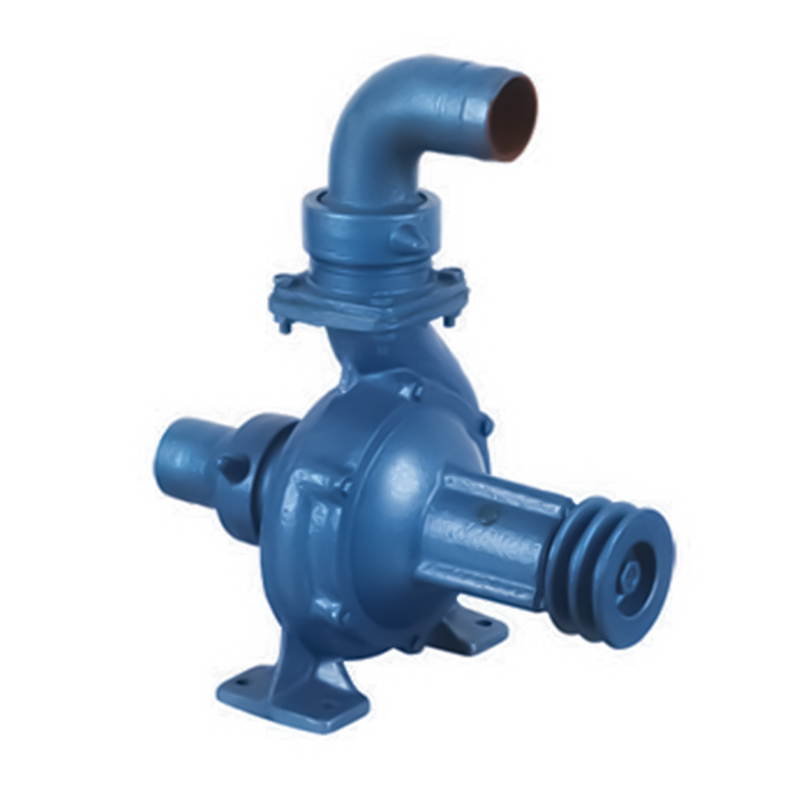
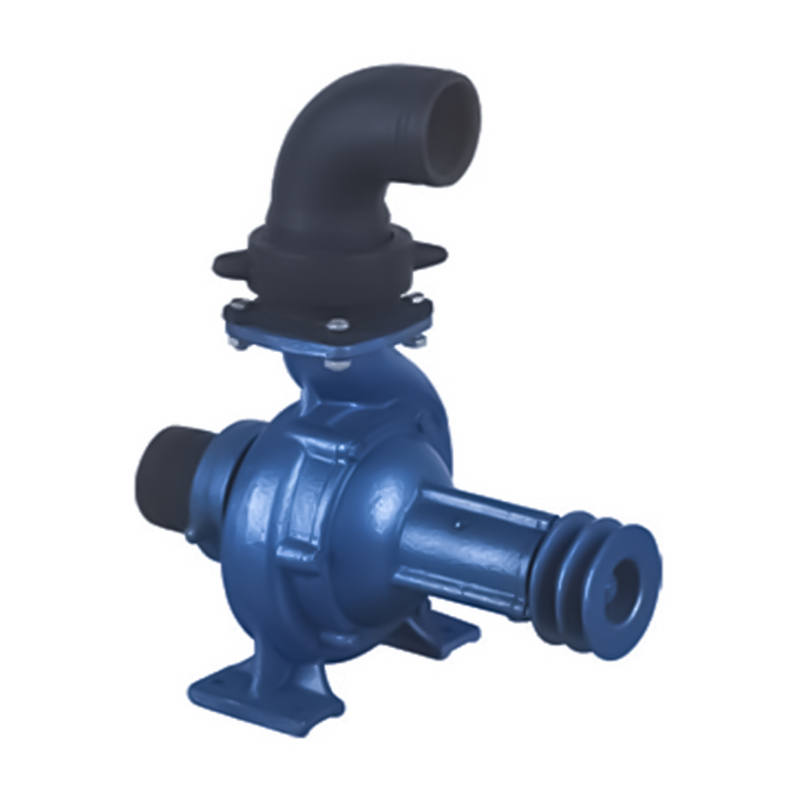

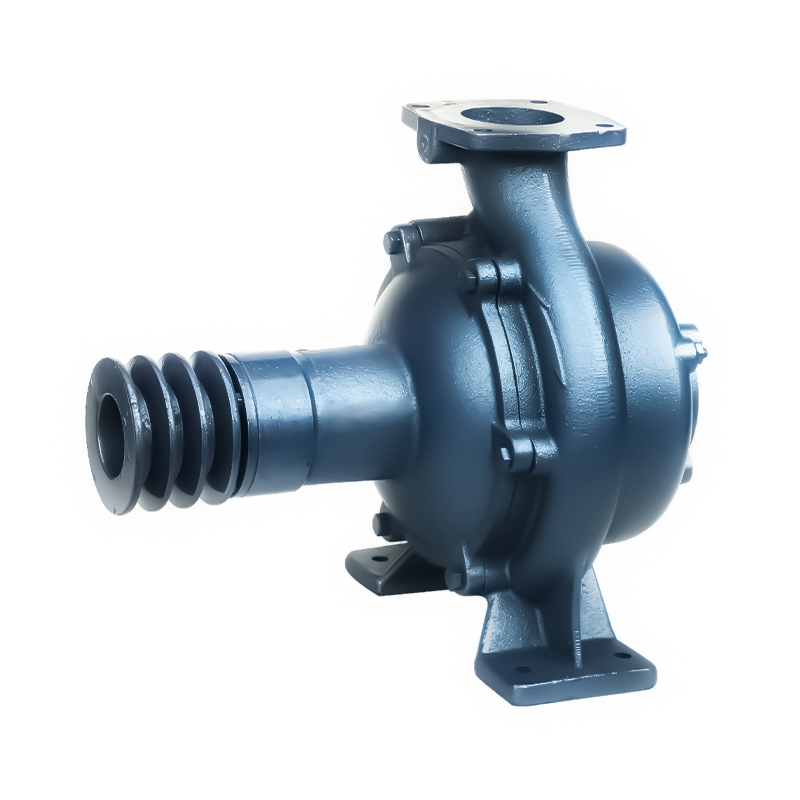
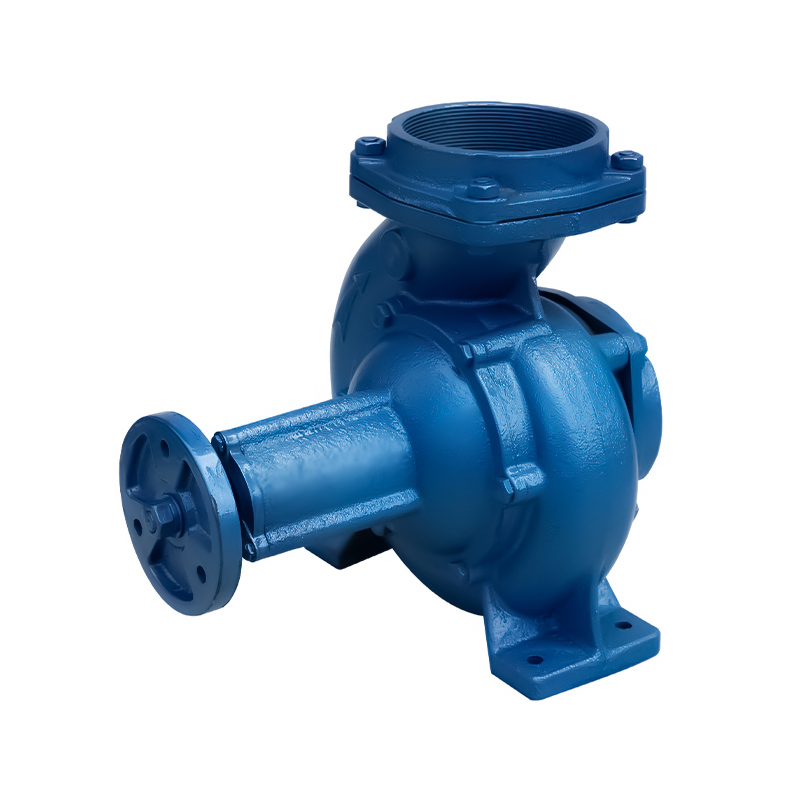
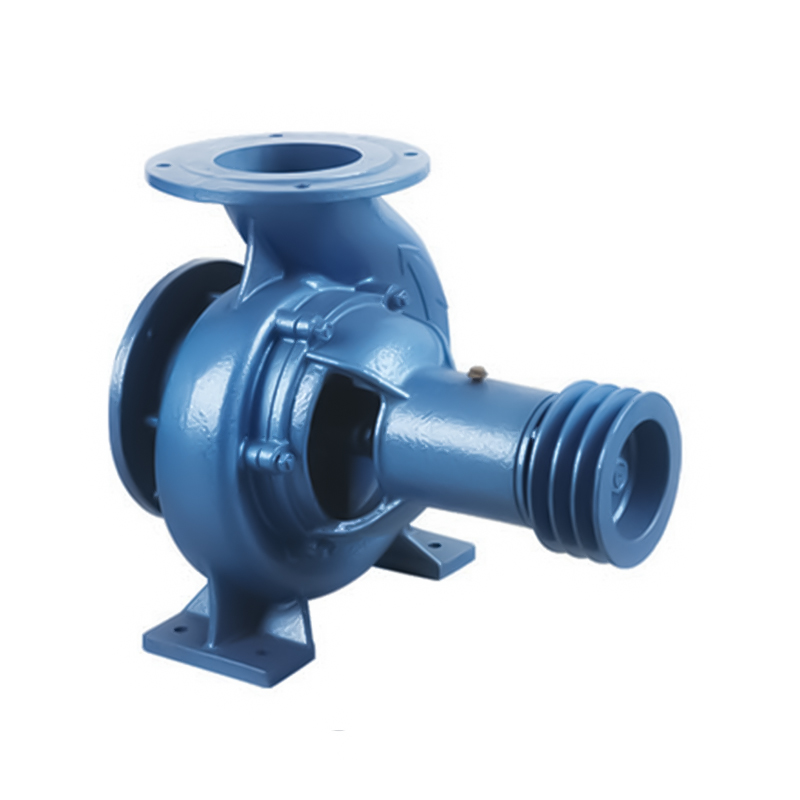
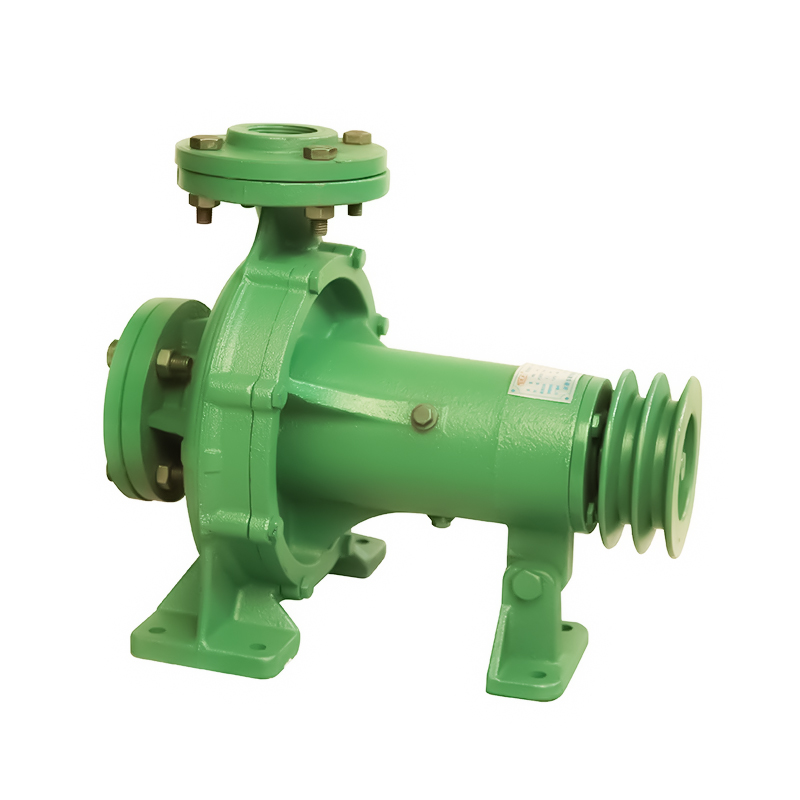

 Email:
Email:
 Phone:+86-13605899207
Phone:+86-13605899207

